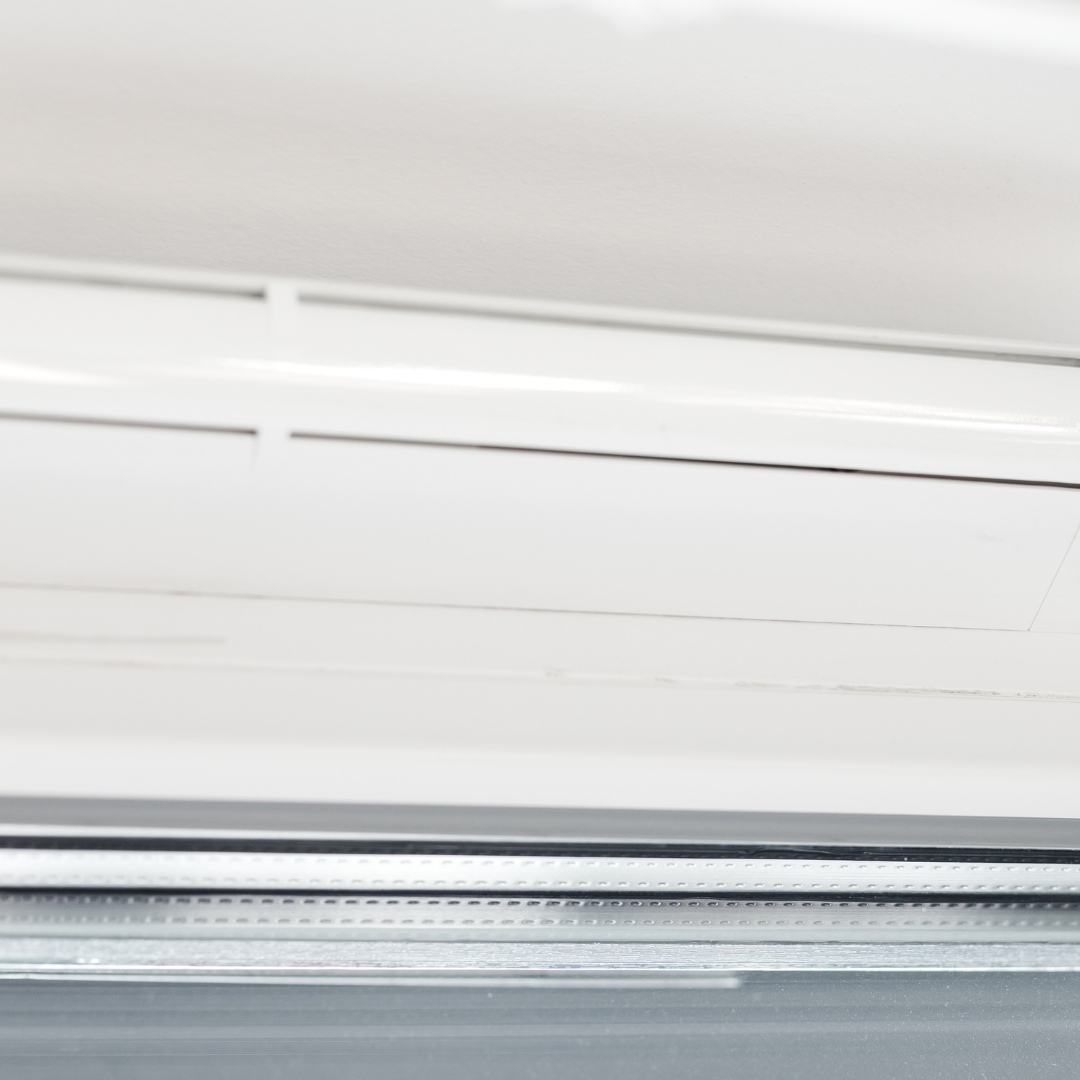3. Types Of Trickle Vents
Trickle vents come in different forms and designs, each with its own advantages and suitability for different types of buildings. The type of trickle vent installed will depend on the window type, building design, and personal preferences. This section will explore the three main types of trickle vents available: fitted trickle vents, trickle vents on a separate frame, and glass units with trickle vents.
Fitted Trickle Vents
Fitted trickle vents are installed in the window frame and are the most common type of trickle vents. Trickle vents come in a variety of styles and are designed to blend in with the window. The installation process is relatively straightforward, and they are generally low maintenance, making them a popular choice for homeowners.
Trickle Vents on A Separate Frame
Trickle vents on a separate frame are installed adjacent to the window and can be opened and closed to control the amount of ventilation. They are often used when retrofitting a window that does not have a built-in ventilation system. This type of trickle vent requires more installation work than fitted trickle vents but can be a good option when other types of ventilation are not feasible.
Glass Units with Trickle Vents
Glass units with trickle vents are an increasingly popular option. The trickle vents are installed directly into the glass unit during manufacturing, providing an unobtrusive and efficient ventilation system. They are an ideal solution for homeowners who want a minimalist design, as there is no visible hardware or additional frames needed. This option is also a good choice for those who live in noisy areas, as they offer excellent sound insulation. However, this option can be more expensive than other types of trickle vents due to the cost of the custom-made glass unit.

















